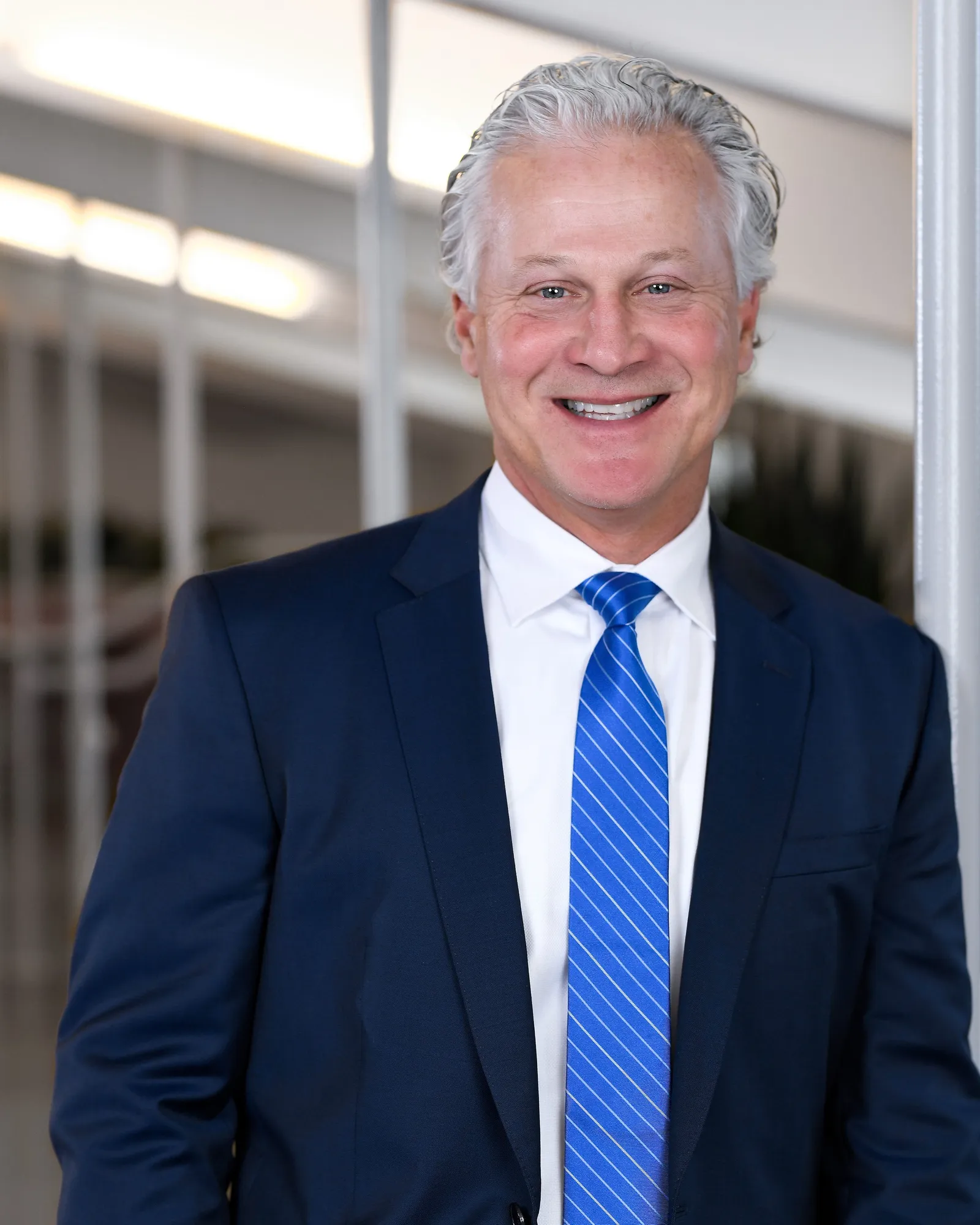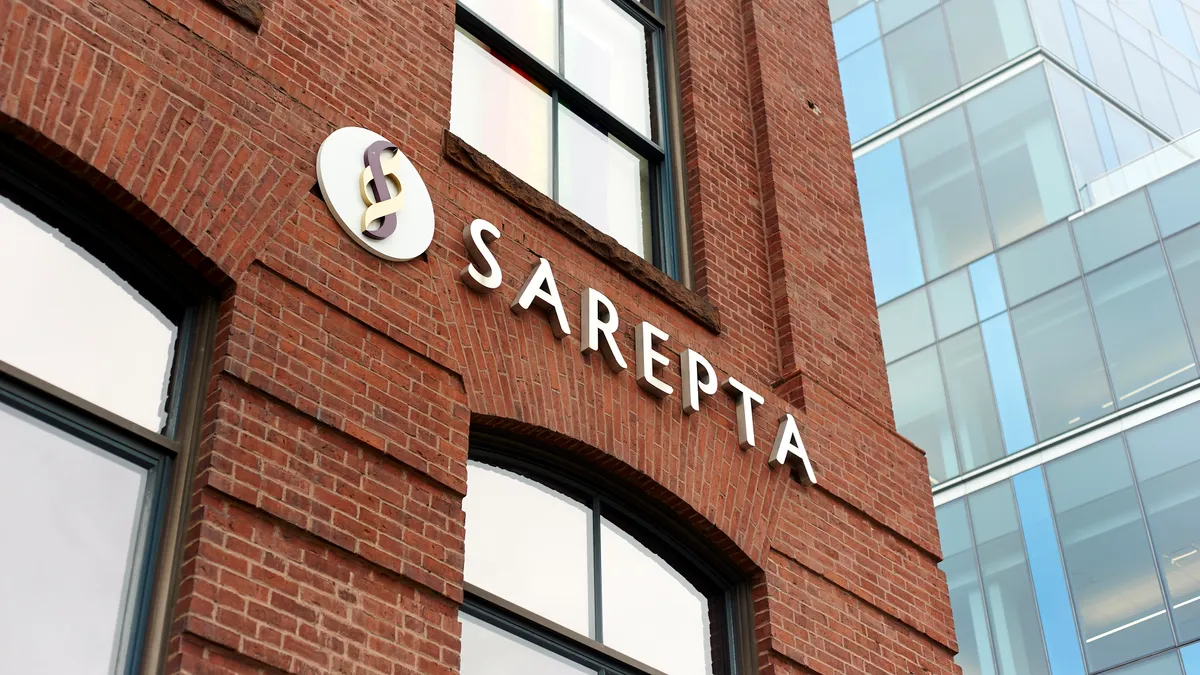When Civica Rx launched a bold initiative last year to produce low-cost insulin, it aimed to “lay a cornerstone for the market,” which, up to that point, was largely unsuccessful at tamping down prices.
Just a year later, the landscape of the insulin market looks a whole lot different — with the $35 monthly cap on out-of-pocket costs for Medicare beneficiaries enacted in the Inflation Reduction Act, and the three major insulin manufacturers, Eli Lilly, Novo Nordisk and Sanofi, all voluntarily slashing the prices of their bestselling formulations in March.
But you won’t hear Civica, a nonprofit founded in 2018 to drive down drug prices and address shortages, taking any credit for the shifting dynamics.
“We're not ones that are going to jump in front and say we're absolutely the reason, 100%,” CEO and president Ned McCoy said, noting that the government intervention played an integral role. “There are many factors.”

Not only did the Inflation Reduction Act limit monthly insulin costs for Medicare patients, it also required manufacturers to pay rebates for drugs with prices rising faster than inflation. That calculation, along with pending future legislative actions, weighed heavily in the three drugmakers’ decisions. And while the cost cuts stave off “some of the urgency” in Congress to pass a $35 copay cap for patients on private insurance, enacting a more expansive policy that includes innovative forms of insulin not included in the manufacturers’ plans remains a priority for the Biden administration, said Ryan Urgo, former managing director of health policy at Avalere Health, and now head of policy at Novo Nordisk.
The sea change also raised questions about the future role of companies like Civica that entered the space as disrupters hoping to solve the access problems now being addressed. After all, the three interchangeable insulins Civica is aiming to manufacture — glargine, lispro and aspart, which correspond to the branded drugs Lantus, Humalog and Novolog — are all included in the price-cutting plans for the top insulin producers, leaving uncertainty over where Civica’s drugs will fit in the market. Sanofi is lowering the price of Lantus by 78% and capping insured patients’ monthly costs at $35, Lilly is lowering the cost of lispro to $25 a vial and cutting the list price for Humalog by 70% by the end of the year, and Novo Nordisk is taking the same action for NovoLog.
Despite the upheaval, though, McCoy said Civica still sees its role as vital in ensuring that patients have access to affordable insulin.
“The market has worked because companies pay rebates to pharmacy benefit managers (PBMs) and they continue to raise the prices so they can give a bigger rebate and get a preferred position on the formulary with that particular organization, so we're trying to fix the market,” he said, arguing that structurally, nothing has changed in the way the drug manufacturers sell their products. “Even with the current pricing, they're still going to be going down the rebate path.”
Next steps
Civica has vowed to avoid dealing with PBM middlemen altogether. And to that end, it signed a 10-year, $50 million partnership to supply insulin for California’s state-sponsored CalRx Biosimilar Insulin initiative in March. Under the deal, which was announced around the same time as the other drug manufacturers’ cost cuts, the insulin will be sold under the CalRx label with a suggested price of $30 or less for a vial and $55 for a box of three pre-filled pens.
Also included in the deal is an additional $50 million to establish a California-based manufacturing facility in addition to Civica’s Petersburg, Virginia plant, but McCoy said that’s “not something that’s been started at this point.”
"We're all about market change and not market share. So, if the problem is solved by others as we go to the market, and if we're part of solving that problem, it's great."

Ned McCoy
CEO, president, Civica
And it’ll be at least another two years before California citizens begin seeing the low-cost alternatives hit shelves. Civica expects to begin clinical trials on the three interchangeable insulins by the end of the year and won’t file for FDA approval until sometime in 2024.
“We have a lot on our plate for a small company. And after that, we'll be thinking about what's next,” McCoy said. “We haven't talked very much about what happens after these three insulins and all those hospital medications.”
Outside of the initiative with California, Civica will also independently sell its insulin at the wholesale price to pharmacies across the U.S. And although deals with other states haven’t been announced, McCoy said Civica is “open to any conversations” and “would be ready, willing and able to do that.”
A dynamic role
By comparison to the $35 monthly caps Lilly, Sanofi and Novo Nordisk have outlined for their products, Civica and CalRx’s cost at $30 a vial isn’t necessarily a bargain. People with type 1 diabetes, for instance, on average use two to three vials per month, which under Civica’s pricing could tally up to $90.
The big difference, McCoy argued, is that as the market continues to fluctuate, Civica will provide an affordable and dependable option for patients.
“We don't know what's going to happen in the future with either their pricing or their volume,” McCoy said, referring to the major manufacturers. “They could decide to focus on some of their newer products, the proprietary products. We don't know.”
He suggested that the companies could begin producing less of the now-low-cost insulins in favor of more innovative and lucrative products. Novo’s once-weekly insulin icodec, for example, could see FDA approval sometime this year, and is projected to reach $1 billion in sales.
“If the big three insulin makers decide to focus more on those products, and less on what are becoming generic insulins, we’re prepared to make the volume that's necessary to support people with diabetes,” McCoy said, also arguing that the burgeoning market for weight loss drugs could lead companies to decrease insulin production.
GLP-1 agonists, like Novo’s Ozempic and Wegovy as well as Eli Lilly’s Mounjaro, were originally indicated to treat type 2 diabetes, but their impacts on hunger signals have made them fitting treatments for weight loss, too. Projected revenue for these drugs is huge, with global sales expected to reach $30 billion in the next decade.
None of the top three companies have indicated that those projections have impacted their calculations with insulin production, but McCoy said he sees a future where Civica “would need to make more (insulin), if they focus more on GLP-1 agonists.”
“Quite honestly if I were CEO of one of the for-profit companies, I might say ‘Hey, we should focus on these’ because they're supposed to be billions of dollars in revenue at what I'm guessing is a pretty high profit margin,” he said.
No matter how the market shakes out, though, he said Civica is eager to see a movement toward lower-cost medications for diabetes patients.
“We're all about market change and not market share. So, if the problem is solved by others as we go to the market, and if we're part of solving that problem, it's great,” he said. “We will all be happy.”




















